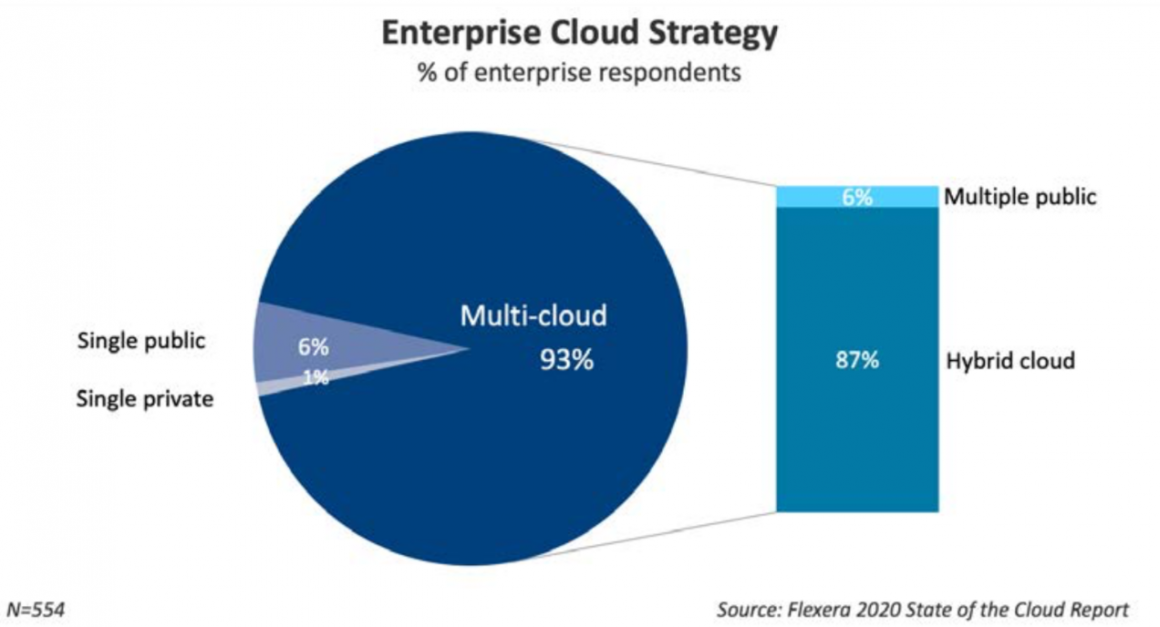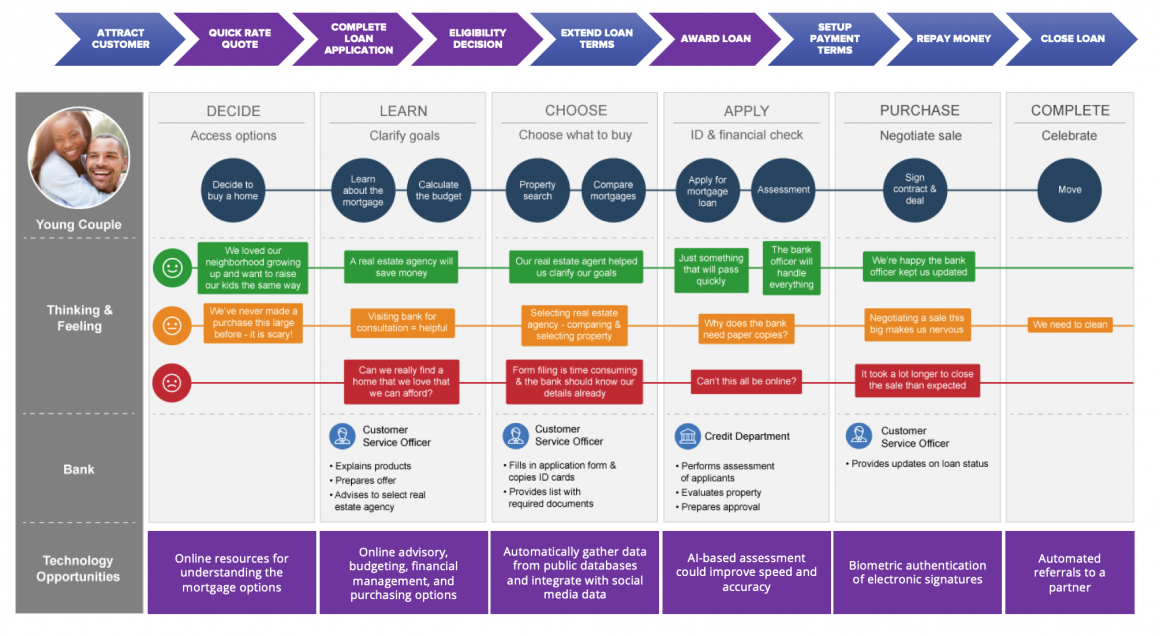Landscape
This is the question that bothers many companies which are willing to move to the cloud or restructure and re-engineer their cloud strategy. And it is even more important for startups that are born cloud-native.
If we want to stay competitive and win the race cloud provides a huge potential for it. But cloud will only help you win if you know how to use it to your advantage. Otherwise, this could draw a company down to the land of a huge waste of time and money.
Most organizations have a certain experience with the cloud today. It’s either good, bad, or mixed. Flexera State of the Cloud report for 2020 shows that 90% of the organizations among 750 they spoke with have adopted the cloud.

More than 80% of the organizations use it to run their workload. And half of them use it extensively.
This means today it is not a question if to adopt the cloud. And not even how to choose the right cloud. Most of the organizations today have adopted at least one cloud. Study shows that 93% of the organizations choose the multi-cloud strategy.

If we decompose the hybrid cloud group further we will see that most of the organizations use multiple public and multiple private clouds.

Why? Because each cloud has its own advantages. Wise decision to combine them to get most of it.
Strategy is the KEY
Our topic consists of two parts: choose and execute the right cloud strategy. And I will begin with the latest. Which might seem like a weird choice at first. So, let me explain myself.
Choosing the right combination of a cloud comes naturally when we understand a few components:
- what our digital strategy is,
- what we have now,
- and how we plan to get from where we are now to where we want to be.
As a matter of fact, a cloud is a new type of transport that helps us get where we need faster.
Answering these 3 questions is a vital part of an execution plan. And in this case execution plan comes before choosing the right cloud strategy. Because the cloud itself is an instrument (or transportation). I really hope it makes sense so far. Because it is very often I see how companies are focused on “which cloud is better” rather than “where we want to be and how the cloud could help us get there”. So, let’s carry on defining our execution plan.
First of all, what is our digital strategy? I’m sure you know this very well. And I’m not going to bother you with too many thoughts and ideas of mine here. But few important things to understand are:
- what is our main business process (how we generate value for our customers),
- what our value streams are,
- which value streams directly add value (operational, like features dev, customer service, etc.), which are indirectly (supportive functions, like accounting, DevOps, etc.),
- which steps of the direct value streams drive more value to the customers,
- which steps of the indirect value streams are critical for better support direct value streams.
At this point, you might now want to focus on everything. You can decide to focus on things that drive the most value to your customer. There are multiple ways to define the value of each step of the value stream. They could all work for you. I usually like to use the Design Thinking approach here, where we define the personas and create user journey mapping. More on this in one of my following articles.
User Journey Mapping
User Journey mapping allows us to understand the steps which drive the most visible value (well, technically it is a perception of value) to our customer and which has awesome technical opportunities. Technical opportunities most of the time are driven by waste (Lean 6 Sigma) and/or new technologies that can boost user experience.
Usually, I do not recommend focusing on everything. Depending on how competitive our market it and how bad the current state of our affairs is we could choose to focus on between 5% and 20% of the User Journey tech opportunities.

Now you got a comprehensive understanding of what your digital strategy is. Next, you can scan cloud managed services offerings and answer the following questions:
- which steps of the direct value streams could be automated/enhanced
- what is the best offering to cover these steps,
- which steps of the indirect value streams could be automated/enhanced with cloud managed services,
- what is the best offering to cover these steps.
Multi-cloud
I will prepare a detailed comparison of cloud managed services for AWS, Azure, and Google Cloud. In general, my impression is that:
- AWS has strong offering around Compute, Databases (relational and non-relational), AI, IoT and IIoT, Governance (cost control, policies, etc.), Messaging and Notifications (the basis for microservices architecture), Infrastructure as a Code, it has the widest support of programing languages and SDK library, best marketplaces and templates.
- Azure is your option when you use mostly Microsoft products, also is very strong in Hybrid and Multi-cloud, Identity and Access Management, Networking, Dev, DevOps, and Operations tools, including operations automation, and it has the best geographic reach (28 data centers with at least 3 zones, compared to 24 AWS and GCP). Azure often is a goto option for big companies.
- Google Cloud has a strong offering around Containers, Serverless, AI and ML, BigData, Network and API management, Hybrid and Multi-cloud, mobile, and security.
In terms of ease of use, I found GCP to be the easiest to start with, AWS in the middle of a range, and Azure (with complicated pricing models) to be a bit harder than the other two.
Please don’t get me wrong, AWS is definitely a leader and is strong in every aspect. And actually, you can choose any and every cloud service provider. I wanted to provide general guidance because people ask this question quite often. So, moving next.


